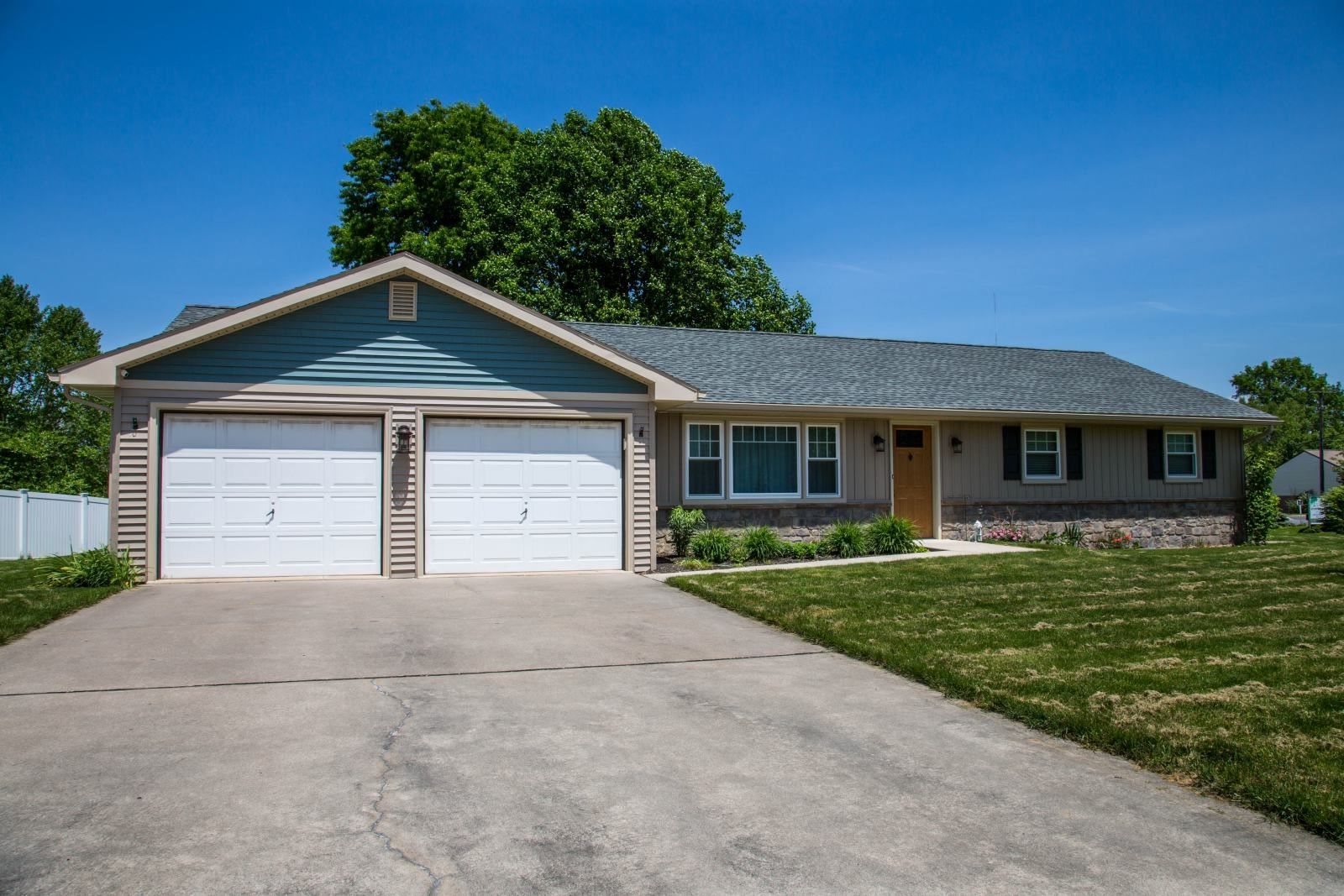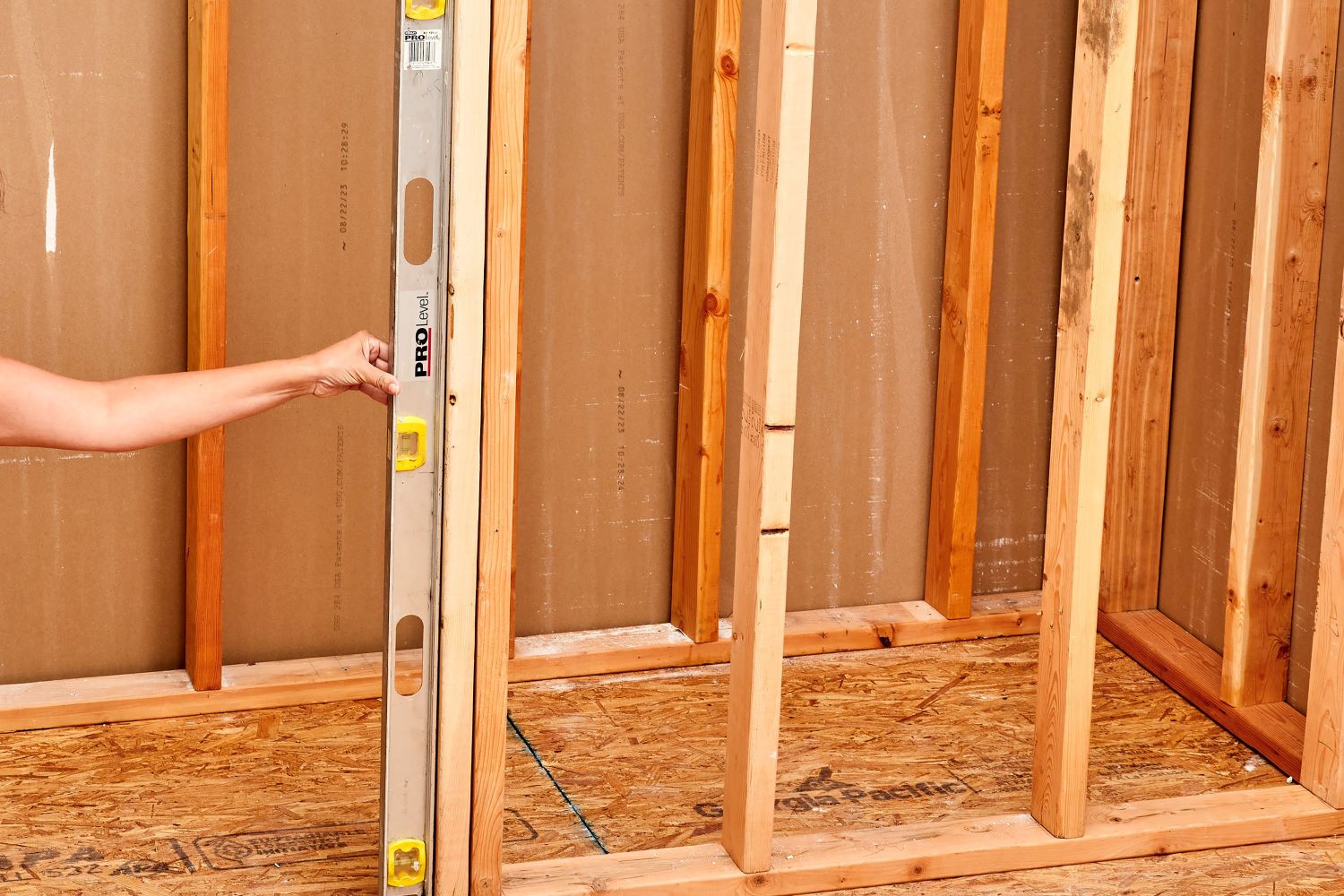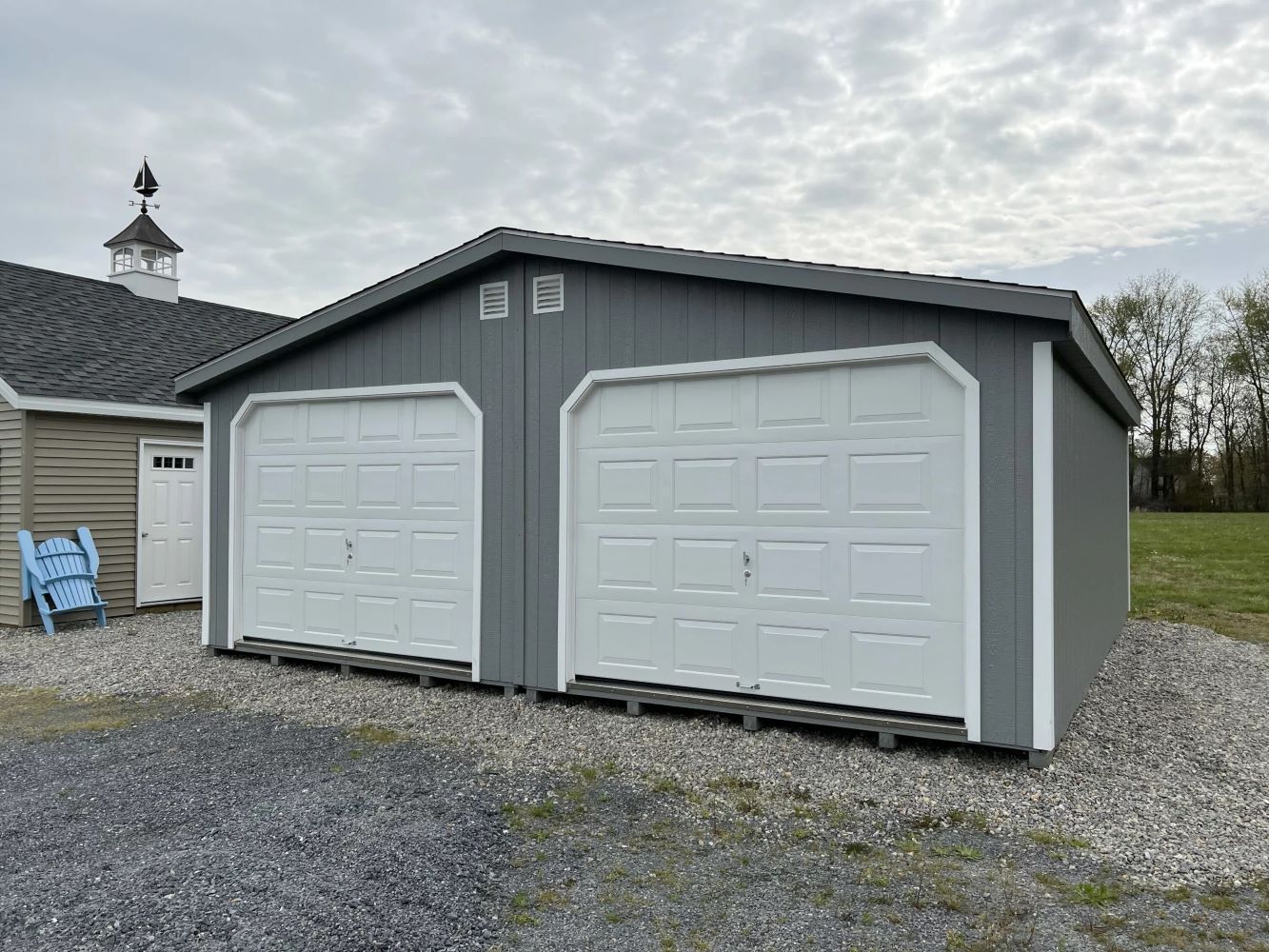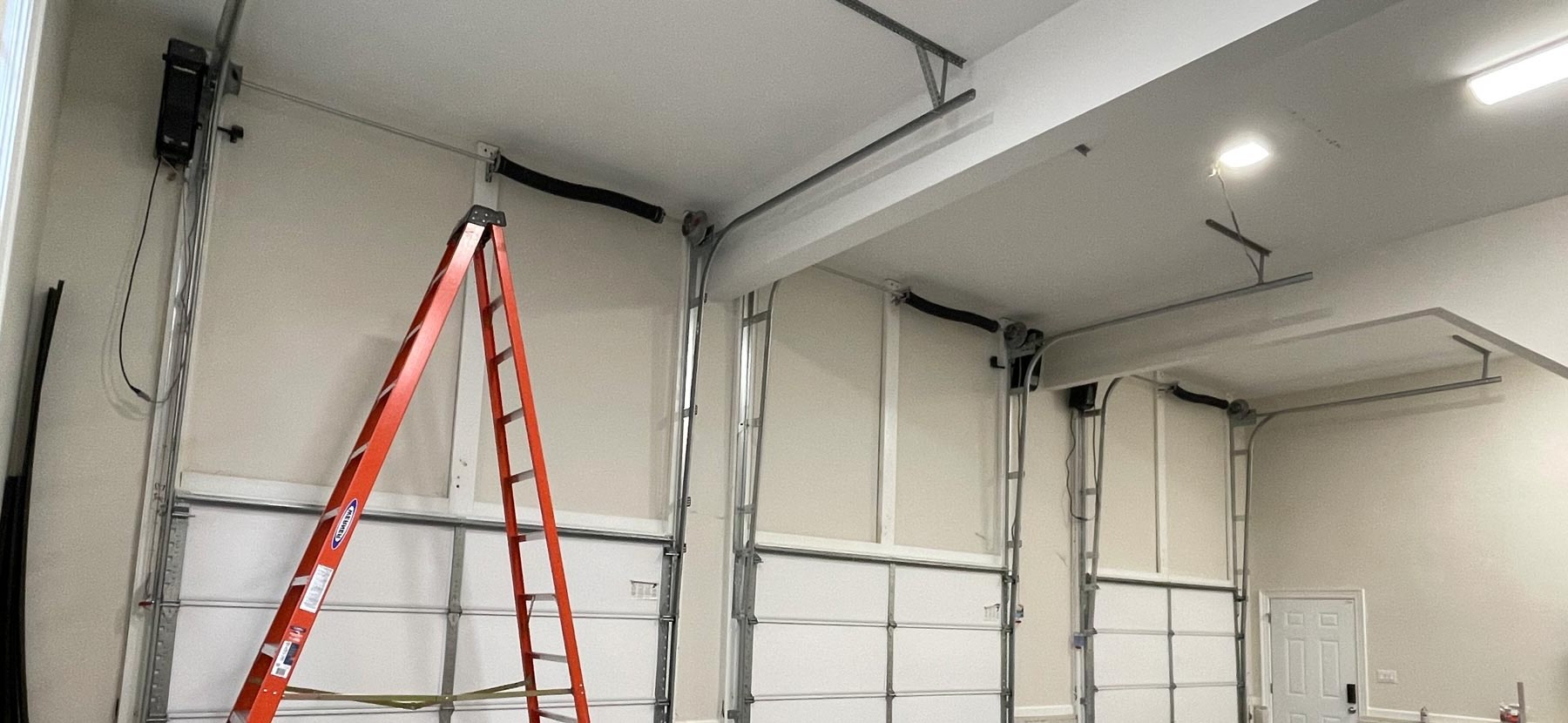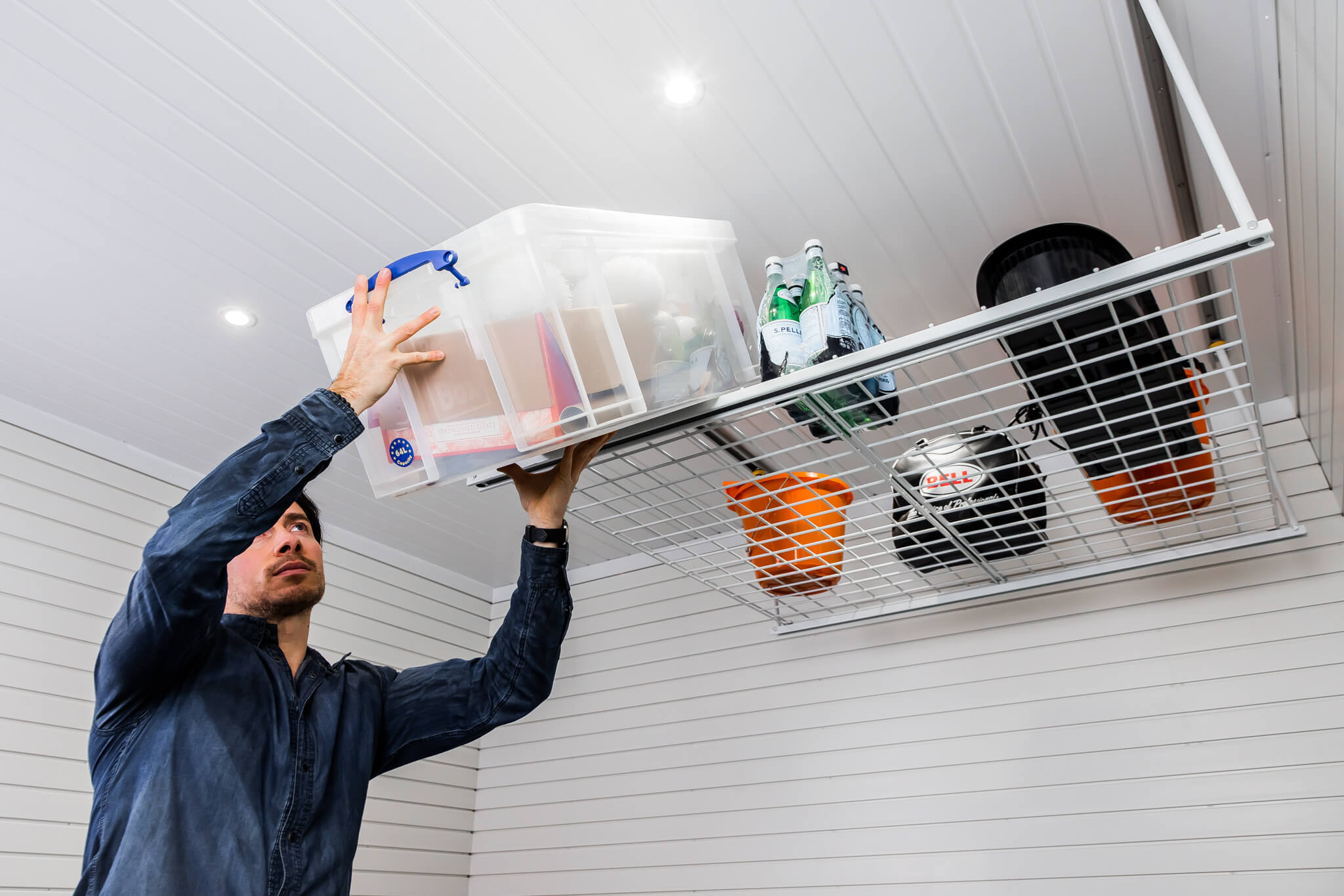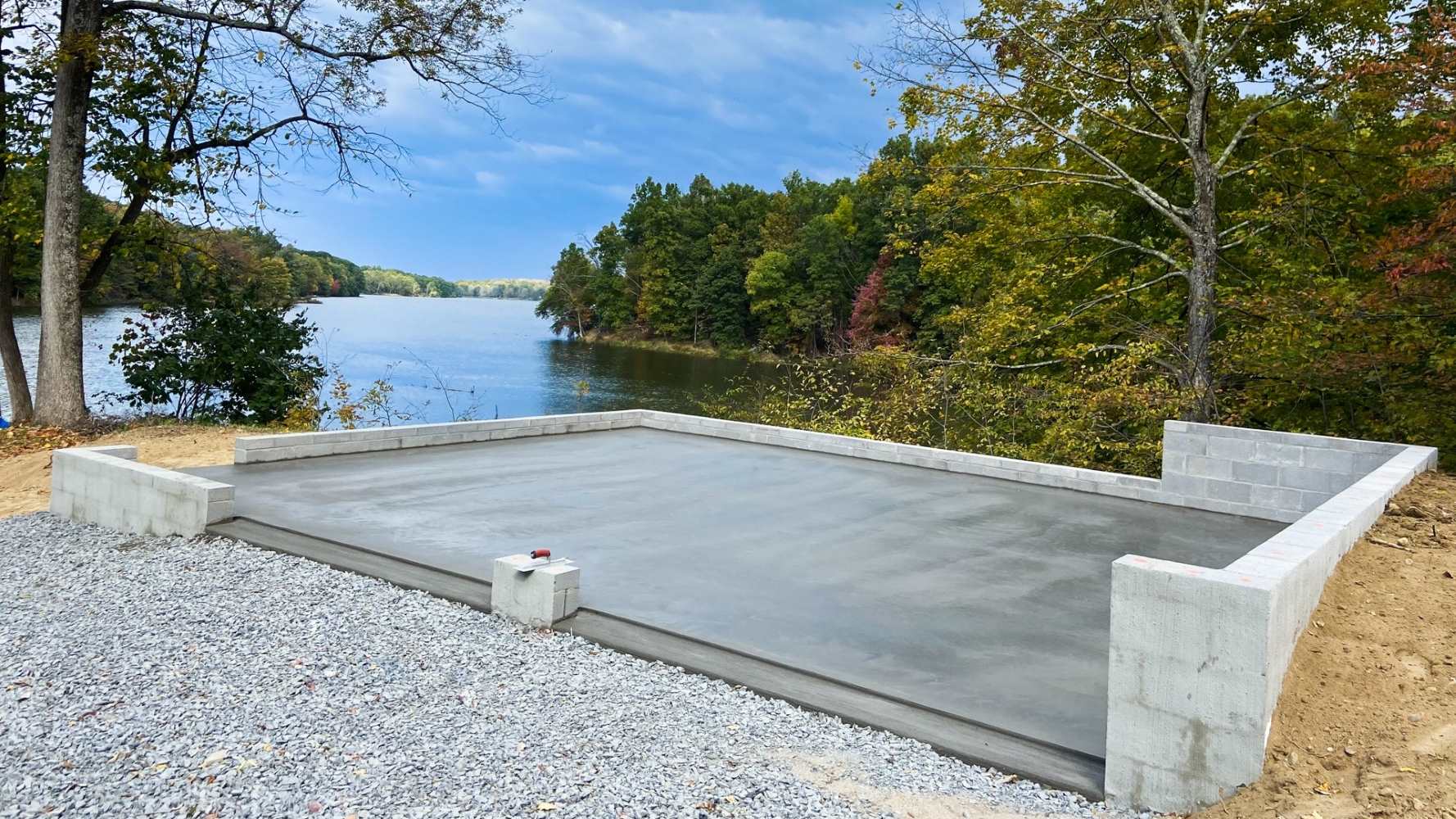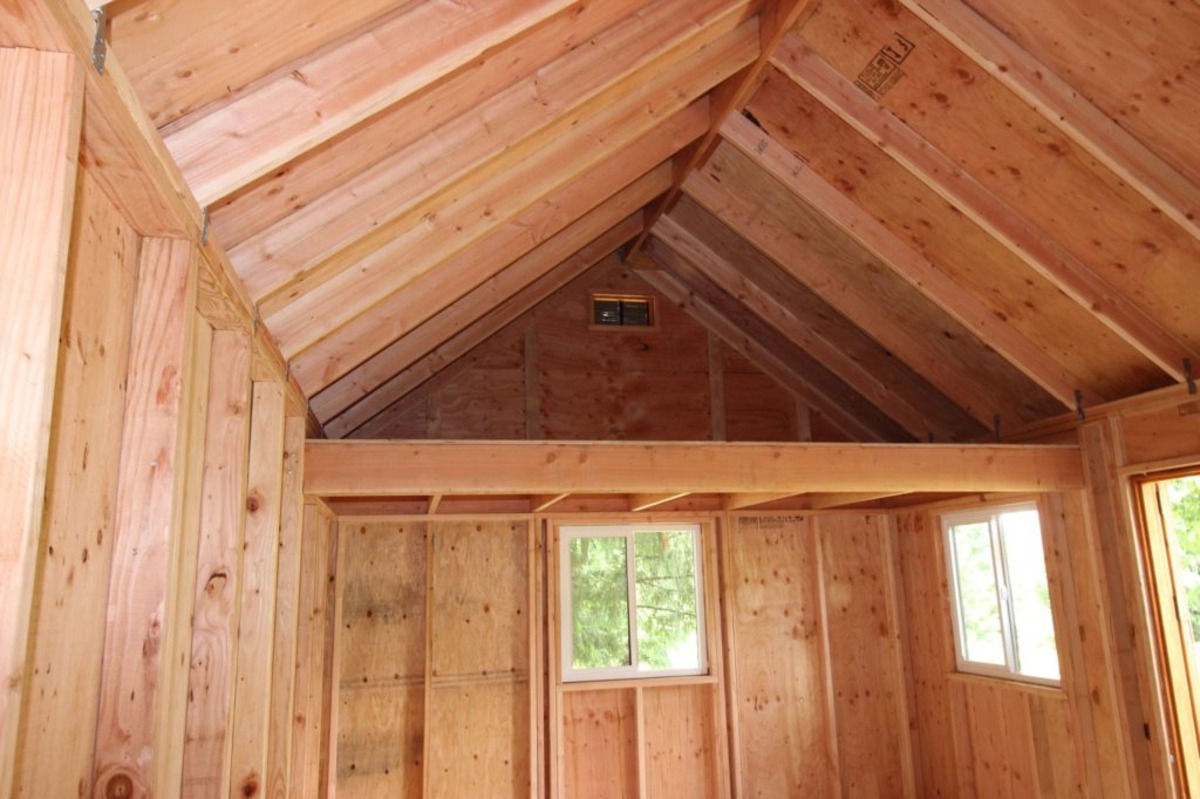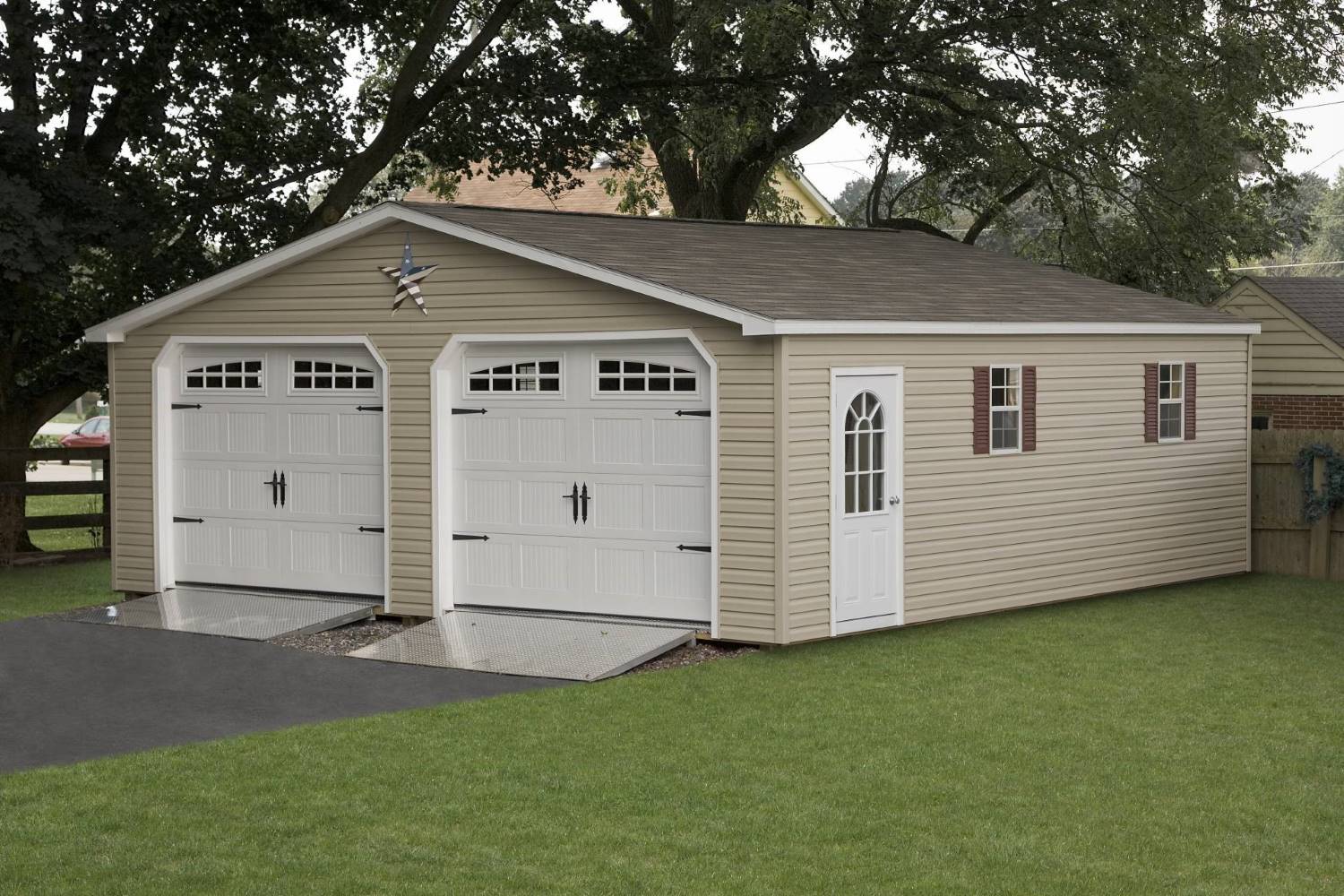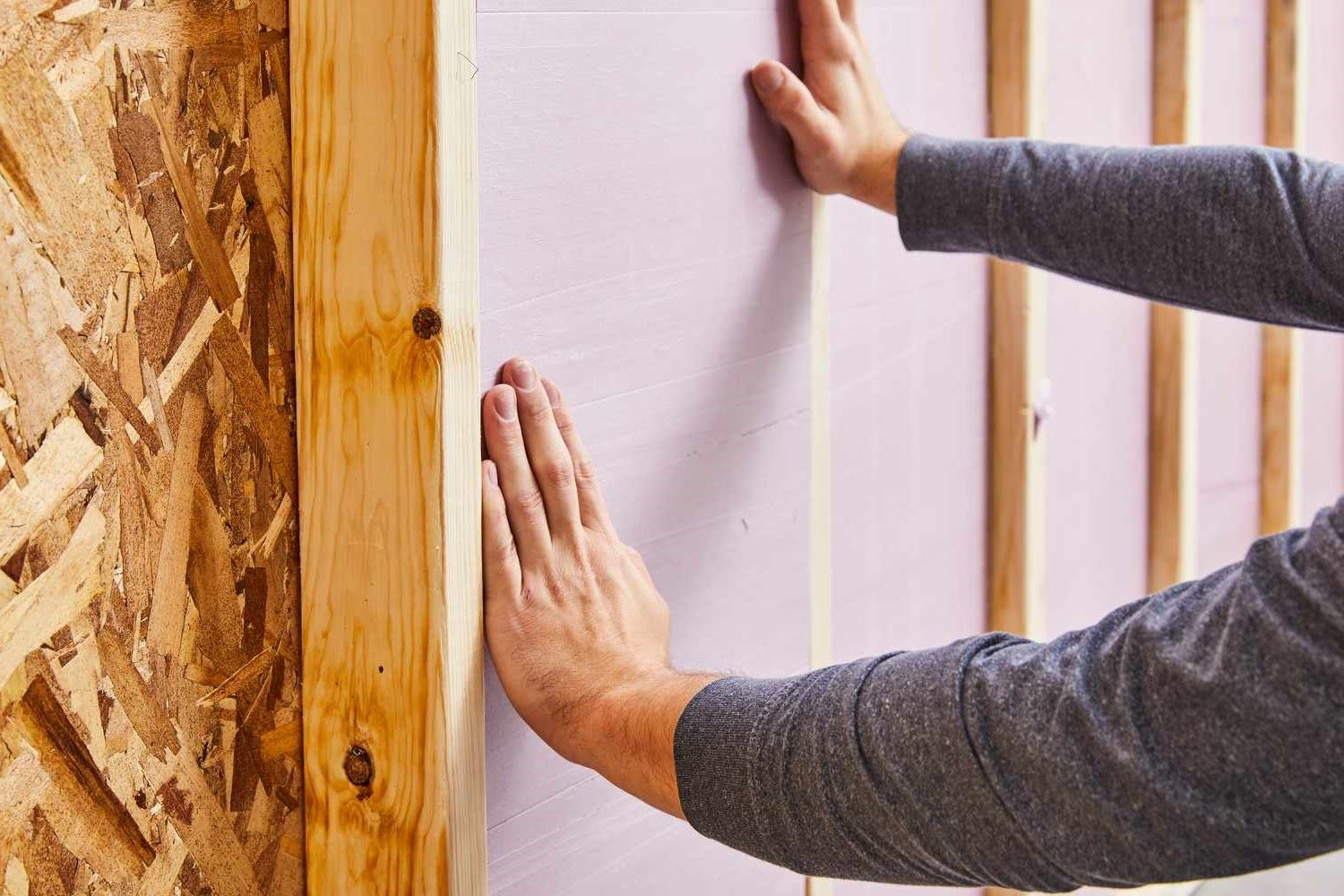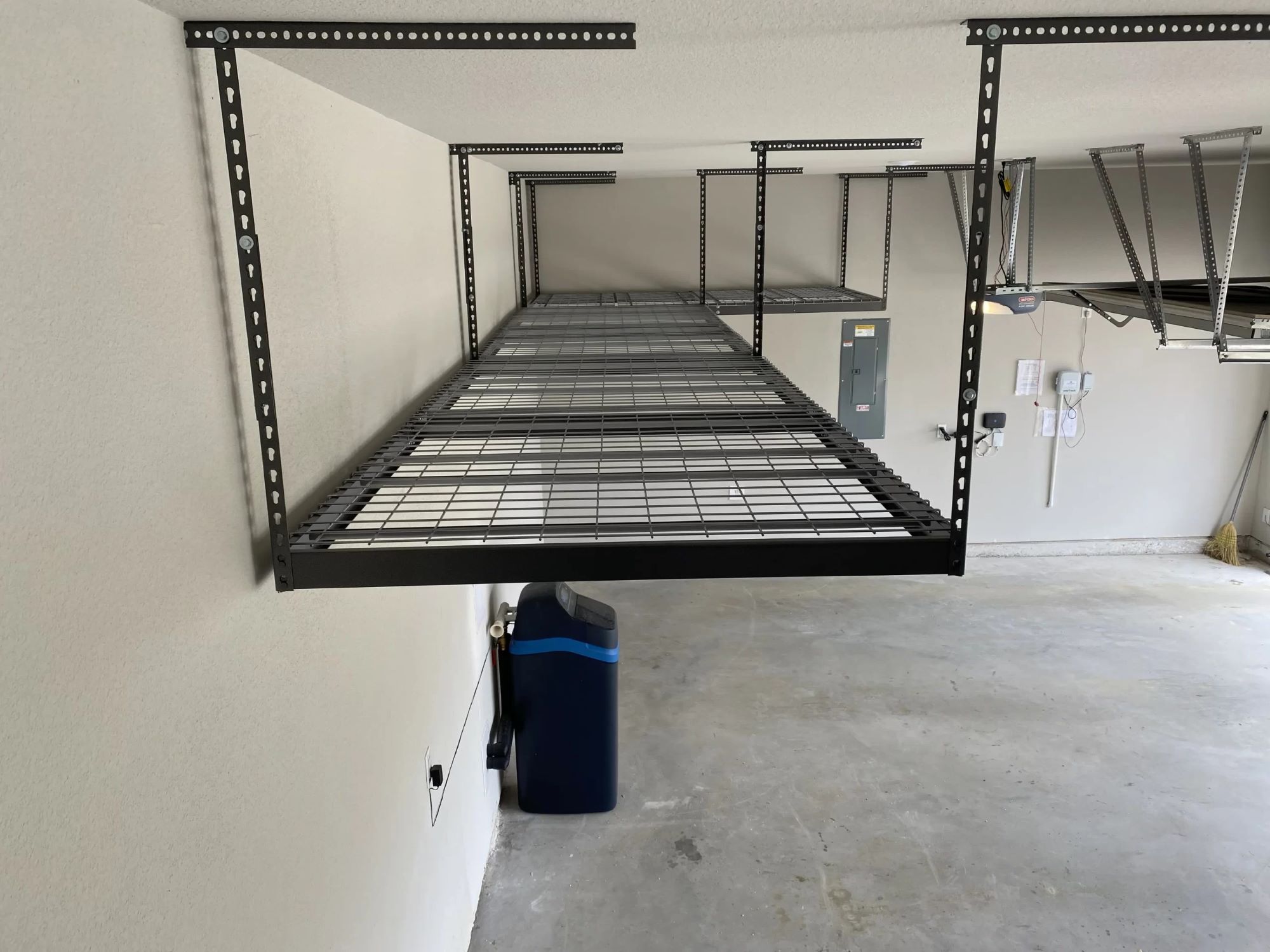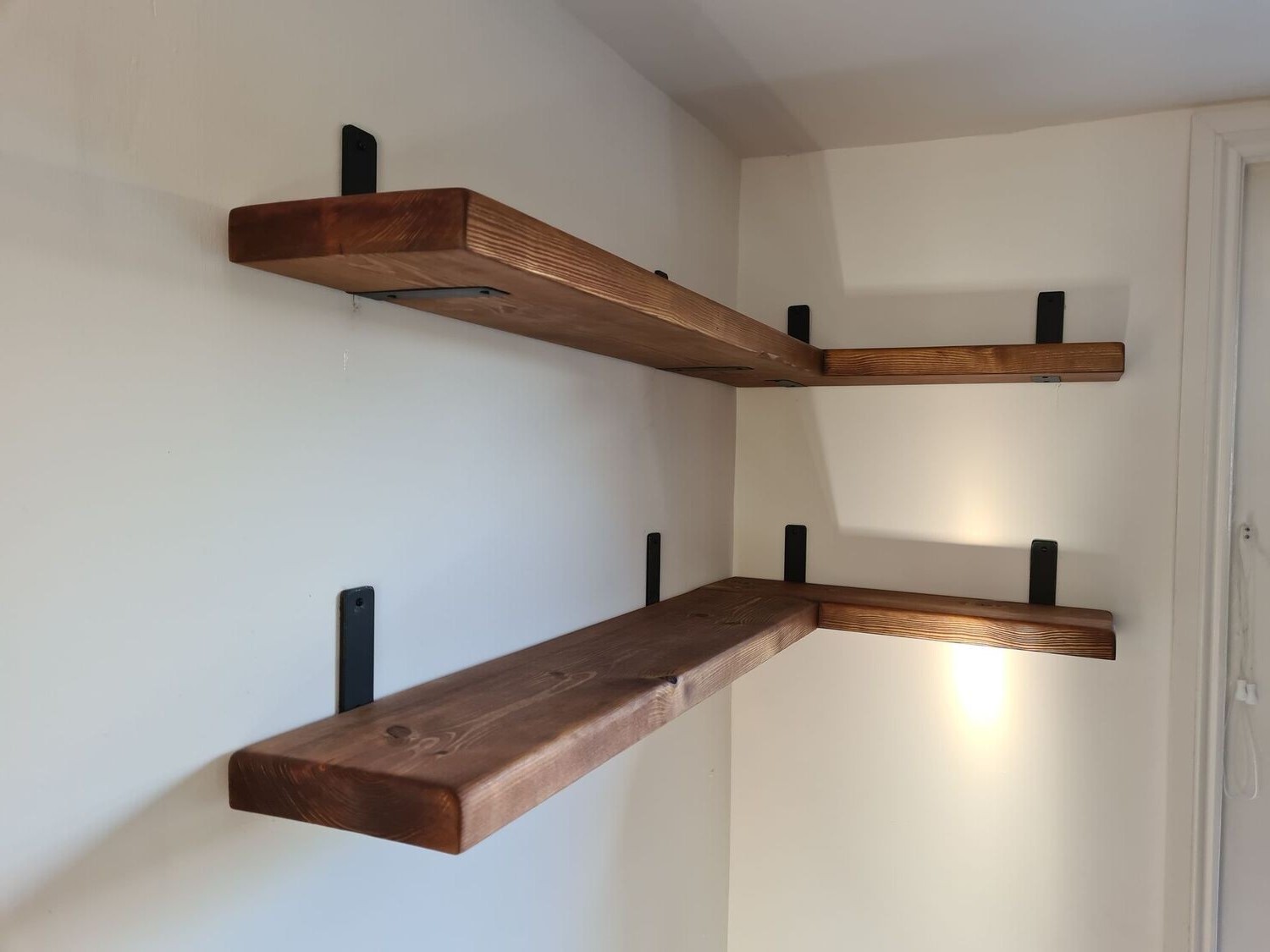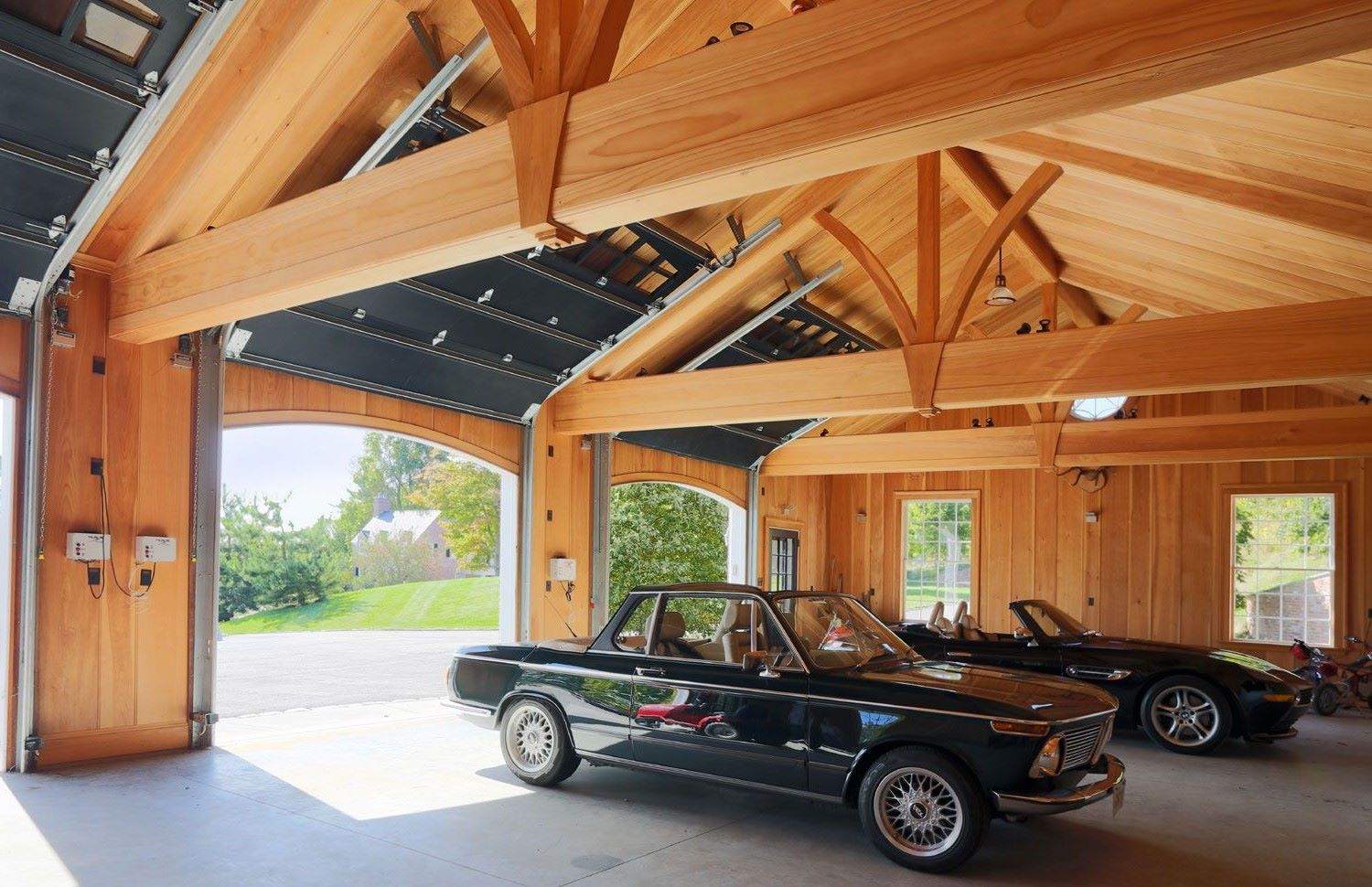Home>Create & Decorate>DIY & Crafts>Garage Loft Building: A DIY Guide To Creating Extra Space
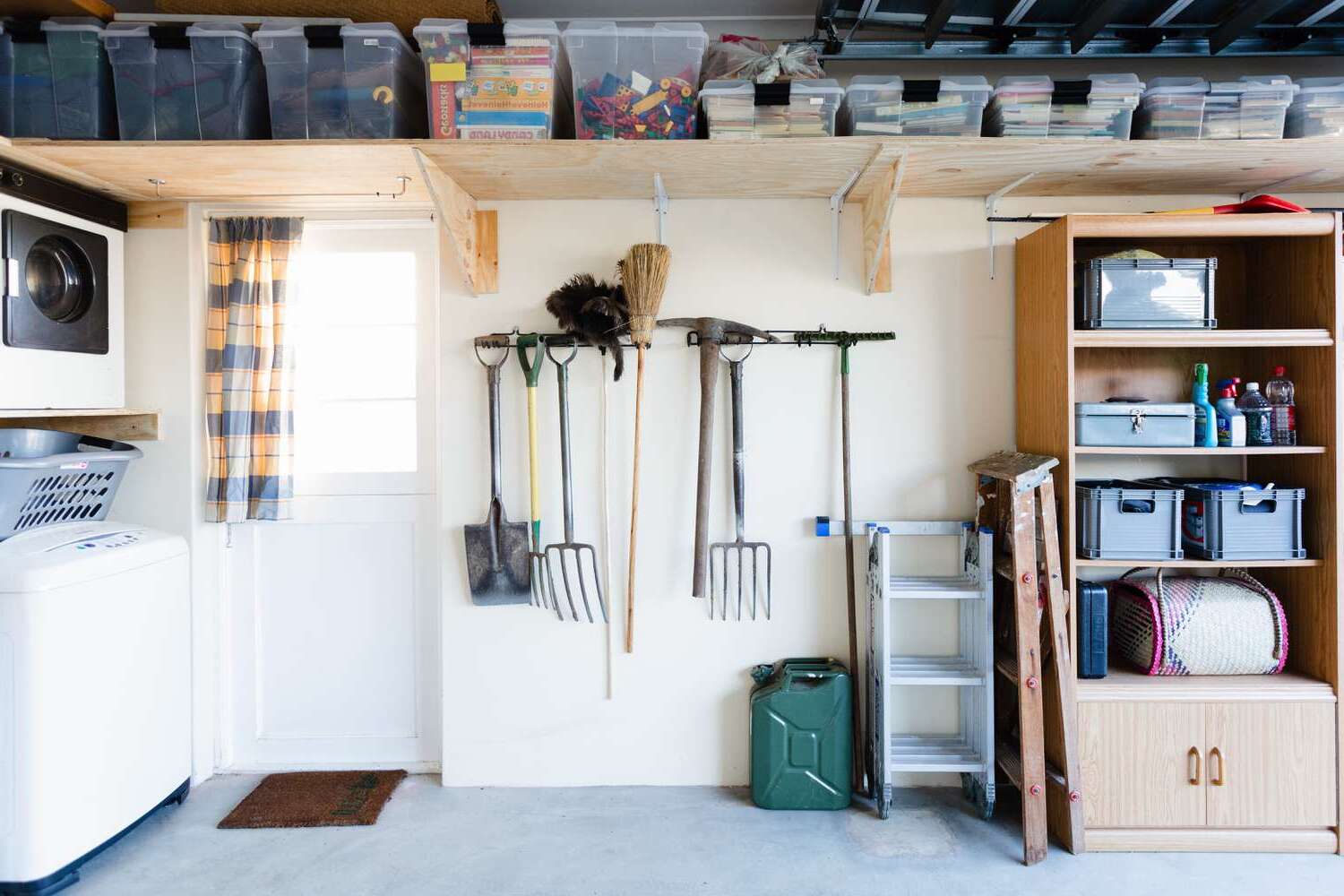

DIY & Crafts
Garage Loft Building: A DIY Guide To Creating Extra Space
Published: June 4, 2024

Senior Editor in Create & Decorate, Kathryn combines traditional craftsmanship with contemporary trends. Her background in textile design and commitment to sustainable crafts inspire both content and community.
Learn how to create extra space with a DIY garage loft building project. Get expert tips and ideas for maximizing your space. Perfect for DIY & Crafts enthusiasts!
(Many of the links in this article redirect to a specific reviewed product. Your purchase of these products through affiliate links helps to generate commission for Twigandthistle.com, at no extra cost. Learn more)
Introduction
Are you tired of your cluttered garage and in need of some extra space? Building a loft in your garage might just be the solution you're looking for. A garage loft can provide valuable additional storage, a cozy workspace, or even a spare room for guests. In this DIY guide, we'll walk you through the steps to create your own garage loft, from assessing your space and needs to adding the finishing touches. Let's get started on transforming your garage into a functional and versatile space!
Read more: DIY Garage Loft Ideas: Transform Your Space
Assessing Your Space and Needs
Before diving into the construction of a garage loft, it's crucial to assess your space and determine your specific needs. Here's how to get started:
-
Measure Your Garage: Begin by measuring the dimensions of your garage, including the height of the ceiling. This will help you determine how much space you have to work with and the size of the loft you can build.
-
Identify the Purpose: Consider how you intend to use the loft. Will it be for storage, a home office, a hobby area, or a guest room? Understanding the purpose will guide the design and layout of the loft.
-
Evaluate Structural Integrity: Inspect the existing structure of your garage to ensure it can support the additional weight of a loft. Consult with a structural engineer if necessary to assess the load-bearing capacity.
-
Assess Accessibility: Determine how you plan to access the loft. Will you need stairs or a ladder? Consider the available space and how the access point will impact the layout of the garage.
-
Consider Lighting and Ventilation: Evaluate the natural light and ventilation in your garage. If the loft will be used as a living space, adequate lighting and ventilation are essential for comfort.
By thoroughly assessing your space and needs, you'll be better equipped to move on to the next steps of designing and building your garage loft.
Designing Your Garage Loft
Designing your garage loft is an exciting phase that allows you to unleash your creativity while considering practicality and functionality. Here's how to approach the design process:
-
Layout and Floor Plan: Begin by sketching out a floor plan for your garage loft. Consider the placement of walls, windows, and doors to optimize the use of space. If the loft will serve as a living area, think about the arrangement of furniture and any specific zones, such as a sleeping or working area.
-
Storage Solutions: If storage is a primary goal, incorporate efficient storage solutions into the design. This could include built-in shelving, cabinets, or overhead racks to maximize vertical space and keep the garage organized.
-
Lighting and Electrical: Plan the lighting scheme for the loft, ensuring adequate illumination for the intended use. Consider adding electrical outlets strategically to accommodate appliances, electronics, and lighting fixtures.
-
Ventilation and Insulation: Address ventilation and insulation requirements based on the loft's purpose. Proper insulation is crucial for temperature regulation, while windows or vents can facilitate airflow and fresh air circulation.
-
Aesthetic Elements: Whether it's a rustic retreat or a modern workspace, consider the aesthetic elements that will tie the design together. This could involve choosing a color scheme, flooring materials, and decorative accents that align with your vision for the space.
-
Safety Considerations: Prioritize safety in the design by ensuring sturdy railings for elevated areas, fire safety measures, and compliance with building codes.
By carefully designing your garage loft, you can create a space that not only meets your practical needs but also reflects your personal style and enhances the overall appeal of your garage.
Obtaining Permits and Approvals
Before embarking on the construction of your garage loft, it's essential to navigate the regulatory aspects of obtaining permits and approvals. Here's a comprehensive guide to ensuring compliance with local building codes and regulations:
-
Research Local Regulations: Begin by researching the specific building codes and regulations governing residential construction in your area. Contact your local building department or visit their website to familiarize yourself with the requirements for adding a loft to your garage.
-
Consult with Authorities: If you're unsure about the permit requirements or the approval process, consider reaching out to the building department or relevant authorities for guidance. They can provide valuable information regarding the necessary permits, inspections, and documentation needed for the project.
-
Submit Permit Applications: Once you have a clear understanding of the permit requirements, prepare and submit the necessary permit applications to the appropriate authorities. This may include detailed plans, structural calculations, and other documentation outlining the scope of the project.
-
Address Zoning Restrictions: In addition to building permits, consider any zoning restrictions that may impact the construction of a garage loft. Certain residential areas have specific zoning regulations governing the use of space and the addition of structures, so it's important to ensure compliance with these regulations.
-
Obtain Approval and Permits: After submitting the permit applications, await approval from the building department. Once the permits are granted, ensure that they are prominently displayed at the construction site as required by local regulations.
-
Schedule Inspections: Throughout the construction process, schedule and facilitate the necessary inspections as mandated by the building department. Inspections typically occur at key stages of the project, such as framing, electrical, and final inspection, to verify compliance with building codes and safety standards.
-
Address Compliance Issues: In the event that compliance issues are identified during inspections, promptly address and rectify them to ensure that the construction of the garage loft aligns with the approved plans and regulatory requirements.
By diligently navigating the process of obtaining permits and approvals, you can proceed with the construction of your garage loft with the confidence that it meets the necessary regulatory standards and contributes to a safe and compliant living space.
Gathering Materials and Tools
Gathering the necessary materials and tools is a crucial step in preparing for the construction of your garage loft. Here's a comprehensive list to ensure you have everything you need to bring your project to life:
Read more: How to Build a DIY Loft Bed
Materials
-
Lumber: Purchase high-quality lumber for framing, including joists, beams, and studs. Consider the dimensions and load-bearing requirements specified in your loft design.
-
Plywood or OSB: Acquire plywood or oriented strand board (OSB) for sheathing and subflooring. The thickness and grade of the plywood should align with the structural needs of your loft.
-
Fasteners: Stock up on nails, screws, and structural connectors to secure the framing and sheathing components. Ensure that the fasteners are suitable for the specific materials and load requirements.
-
Insulation: Depending on the intended use of the loft, select insulation materials to regulate temperature and enhance energy efficiency. Common options include fiberglass, foam board, or spray foam insulation.
-
Drywall: If you plan to finish the interior walls and ceiling, purchase drywall sheets and the necessary joint compound and tape for a seamless finish.
-
Flooring Materials: Choose flooring materials that suit the aesthetic and functional requirements of the loft. Options range from hardwood and laminate to carpet and vinyl flooring.
-
Finishing Materials: Consider the finishing touches, such as trim, molding, and paint, to complete the interior of the loft according to your design preferences.
-
Safety Equipment: Prioritize safety by obtaining personal protective equipment, including goggles, gloves, and dust masks, to ensure a safe working environment.
Tools
-
Power Tools: Equip yourself with essential power tools, such as a circular saw, drill/driver, and nail gun, to facilitate efficient cutting, drilling, and fastening during construction.
-
Hand Tools: Stock up on a variety of hand tools, including hammers, screwdrivers, levels, tape measures, and utility knives, for precision work and assembly.
-
Ladder or Scaffold: Depending on the height of your garage and the loft construction, secure a stable ladder or scaffold to access elevated areas safely.
-
Workbench: Set up a designated work area with a sturdy workbench or sawhorses to support the assembly and construction of loft components.
-
Safety Gear: Ensure that you have appropriate safety gear, such as a hard hat, work boots, and hearing protection, to minimize the risk of accidents and injuries.
-
Tool Storage: Organize and store your tools in a designated toolbox or storage system to maintain a tidy and efficient workspace.
By gathering the right materials and tools, you'll be well-prepared to commence the construction of your garage loft with confidence and efficiency.
Building the Loft Frame
Building the loft frame is a pivotal phase in the construction of your garage loft, as it forms the structural foundation for the entire space. Follow these steps to ensure a sturdy and well-constructed loft frame:
-
Prepare the Workspace: Clear the garage area where the loft will be constructed, removing any obstructions and ensuring a clean and level surface for assembly. Organize your materials and tools for easy access during the framing process.
-
Mark the Layout: Use chalk lines or a laser level to mark the layout of the loft frame on the garage walls and ceiling. This will serve as a guide for positioning the framing components accurately.
-
Install the Ledger Board: Secure a ledger board to the garage wall at the desired height of the loft. The ledger board provides support for the floor joists and helps maintain the structural integrity of the frame.
-
Frame the Floor Structure: Begin framing the floor structure by installing the rim joists along the perimeter of the loft area. Space the floor joists according to the design specifications, ensuring proper alignment and support.
-
Add Support Columns: If the loft is designed to accommodate heavy loads or spans a significant distance, consider adding support columns or posts beneath key load-bearing points to distribute the weight effectively.
-
Erect Wall Framing: Construct the wall framing for any interior partitions or perimeter walls of the loft. Ensure that the walls are plumb and securely anchored to the floor structure and ceiling.
-
Install Ceiling Joists: If the loft design incorporates a ceiling, install the ceiling joists to provide structural support and facilitate the attachment of ceiling materials, such as drywall or paneling.
-
Secure Framing Components: Use appropriate fasteners, such as nails or screws, to secure the framing components together. Pay close attention to the connections between the floor joists, wall studs, and ceiling joists to ensure a robust frame.
-
Verify Alignment and Leveling: Regularly check the alignment and leveling of the frame components as you progress, making adjustments as needed to maintain a square and even structure.
-
Reinforce Load-Bearing Points: Reinforce load-bearing points, such as connections between the floor joists and support columns, to ensure that the weight distribution is adequately supported and balanced.
By meticulously building the loft frame according to the design specifications and structural requirements, you'll establish a solid foundation for the remainder of the construction process, setting the stage for the transformation of your garage into a functional and versatile space.
Installing Flooring and Walls
After successfully framing the loft, the next crucial step is to install the flooring and walls to transform the space into a functional and aesthetically pleasing area. Here's a detailed guide on how to proceed with this essential phase of the construction process:
Read more: How to Build a Closet Loft Bed
Flooring Installation
-
Subfloor Preparation: Begin by preparing the subfloor for the installation of the flooring material. Ensure that the subfloor is clean, level, and free of any debris or protruding nails that could affect the integrity of the finished flooring.
-
Select Flooring Material: Choose the appropriate flooring material based on the intended use of the loft. Options range from hardwood and laminate to carpet and vinyl. Consider factors such as durability, maintenance, and aesthetic appeal when making your selection.
-
Lay Underlayment: If the flooring material requires an underlayment, carefully lay and secure the underlayment to the subfloor. The underlayment serves as a cushioning and moisture barrier, enhancing the performance and longevity of the flooring.
-
Install Flooring: Follow the manufacturer's instructions to install the chosen flooring material, whether it involves locking planks, adhesive application, or traditional nail-down installation. Pay attention to the pattern and alignment for a professional and polished finish.
-
Trim and Transition Strips: Complete the flooring installation by trimming the edges and installing transition strips where the loft flooring meets the existing garage floor. This ensures a seamless transition and a polished overall appearance.
Wall Finishing
-
Drywall Installation: If the loft design includes interior walls, proceed with the installation of drywall to enclose the space. Use appropriate screws or nails to secure the drywall sheets to the wall framing, ensuring a tight fit and minimal gaps.
-
Tape and Mud Joints: After the drywall is installed, apply joint tape and joint compound to the seams and screw indentations. Smooth and feather the joint compound to create a seamless surface, ready for finishing.
-
Priming and Painting: Once the drywall joints are mudded and sanded, prime the walls to create a uniform surface for painting. Select a paint color that complements the overall design of the loft and apply multiple coats for a professional and durable finish.
-
Wall Paneling or Treatment: Alternatively, consider wall paneling or decorative treatments to add texture and visual interest to the walls. Options include wainscoting, shiplap, or decorative panels that enhance the aesthetic appeal of the loft.
-
Trim and Molding: Complete the wall finishing by installing trim and molding along the edges and corners of the walls. This adds a polished and cohesive look to the interior, framing the walls and providing a finished appearance.
By meticulously installing the flooring and finishing the walls, you'll bring the garage loft to life, creating a versatile and inviting space that aligns with your vision and serves your specific needs.
Adding Stairs or Ladder Access
When it comes to accessing your newly constructed garage loft, the method of entry is a critical consideration. Whether you opt for a traditional staircase or a space-saving ladder, the access point should be safe, convenient, and aligned with the overall design of the loft. Here's a detailed guide on adding stairs or ladder access to your garage loft:
Staircase Installation
- Determine the Location: Identify the optimal location for the staircase within the garage, considering factors such as available space, traffic flow, and the desired connection between the loft and the lower level.
- Select Stair Design: Choose a stair design that complements the aesthetic of the loft and aligns with the available space. Options range from straight and spiral staircases to space-saving designs such as alternating tread or floating stairs.
- Measure and Plan: Take precise measurements to determine the dimensions and layout of the staircase. Consider the rise and run of the stairs, as well as the headroom clearance to ensure compliance with building codes and safety standards.
- Acquire Materials: Gather the necessary materials for the construction of the staircase, including lumber for the treads and risers, as well as handrails, balusters, and newel posts for safety and support.
- Construct and Install: Build the staircase according to the design and specifications, ensuring secure attachment to the loft and the lower level. Pay attention to the structural integrity and stability of the staircase during installation.
Read more: DIY Loft Bed with Closet Ideas
Ladder Access
- Evaluate Space and Function: Assess the available space and the intended use of the loft to determine the suitability of a ladder as the access point. Ladder access is ideal for compact spaces and occasional use, such as accessing storage areas.
- Choose Ladder Type: Select a ladder type that aligns with the space and your accessibility needs. Options include fixed ladders, retractable attic ladders, and library-style rolling ladders, each offering unique benefits in terms of space utilization and convenience.
- Install Secure Mounting: Ensure that the ladder is securely mounted to the loft opening or wall, providing a stable and safe means of access. Follow the manufacturer's instructions for proper installation and weight capacity considerations.
- Consider Safety Features: Incorporate safety features such as handrails, non-slip treads, and a secure locking mechanism for retractable ladders to enhance user safety and ease of use.
- Accessibility and Convenience: Evaluate the ease of access and convenience of the ladder, considering factors such as the angle of ascent, clearance space, and the practicality of using the ladder for regular access to the loft.
By carefully considering the design, safety, and functionality of the staircase or ladder access, you can ensure that accessing your garage loft is not only safe but also enhances the overall usability and appeal of the space.
Finishing Touches and Decor
As you near the completion of your garage loft project, it's time to focus on the finishing touches and decor that will elevate the space to its full potential. Here's how to add those final elements that will make your garage loft truly shine:
-
Lighting Selection: Choose appropriate lighting fixtures to illuminate the loft space effectively. Consider overhead lighting, task lighting for specific areas, and accent lighting to create ambiance. Select fixtures that complement the overall design and provide adequate illumination for the loft's intended use.
-
Window Treatments: If your garage loft includes windows, consider adding window treatments for privacy, light control, and aesthetic enhancement. Options range from curtains and blinds to decorative window films that add personality and style to the space.
-
Furniture and Furnishings: Select furniture and furnishings that align with the purpose of the loft. Whether it's a cozy seating area, a functional workspace, or a guest bedroom, choose pieces that maximize comfort and utility while contributing to the overall aesthetic.
-
Decorative Accents: Add decorative accents such as throw pillows, rugs, artwork, and decorative objects to infuse personality and style into the loft. These accents can tie the design elements together and create a cohesive and inviting atmosphere.
-
Storage Solutions: Incorporate storage solutions that optimize the use of space and keep the loft organized. This could include built-in shelving, storage ottomans, or modular storage systems that cater to the specific storage needs of the loft.
-
Personal Touches: Infuse the space with personal touches that reflect your individual style and interests. Whether it's family photos, memorabilia, or artwork, integrating personal elements into the decor adds warmth and character to the loft.
-
Functional Accessories: Consider functional accessories such as desk organizers, task lighting, and ergonomic seating if the loft serves as a home office or workspace. These accessories enhance the functionality of the space while contributing to a productive environment.
-
Greenery and Plants: Introduce greenery and plants to bring a touch of nature into the loft. Consider low-maintenance indoor plants or succulents that add a refreshing and vibrant element to the space.
-
Color Palette and Textures: Pay attention to the color palette and textures used in the decor. Choose a cohesive color scheme and mix textures to create visual interest and depth within the loft.
-
Final Inspections and Touch-Ups: Before considering the project complete, conduct final inspections to ensure that all elements are in place and functioning as intended. Address any touch-ups or adjustments to guarantee that the finishing touches are flawless.
By focusing on the finishing touches and decor, you'll transform your garage loft into a well-appointed and inviting space that fulfills its intended purpose while reflecting your personal style and creativity.
Conclusion
In conclusion, building a garage loft can significantly expand the functionality and versatility of your garage space. By carefully assessing your needs, designing a practical and aesthetically pleasing loft, obtaining the necessary permits, and gathering the right materials and tools, you can embark on the construction process with confidence. Building the loft frame, installing flooring and walls, and adding stairs or ladder access are pivotal steps that lay the foundation for a well-crafted and functional loft. Finally, paying attention to the finishing touches and decor allows you to personalize the space and create a welcoming environment that aligns with your vision.
As you complete the construction of your garage loft, remember to prioritize safety, compliance with building codes, and attention to detail. Whether the loft serves as a storage area, a workspace, or a cozy retreat, the transformation of your garage into a multifunctional space adds value to your home and enhances your living experience. With the right approach and a touch of creativity, your DIY garage loft project can yield a rewarding and practical addition to your home.

